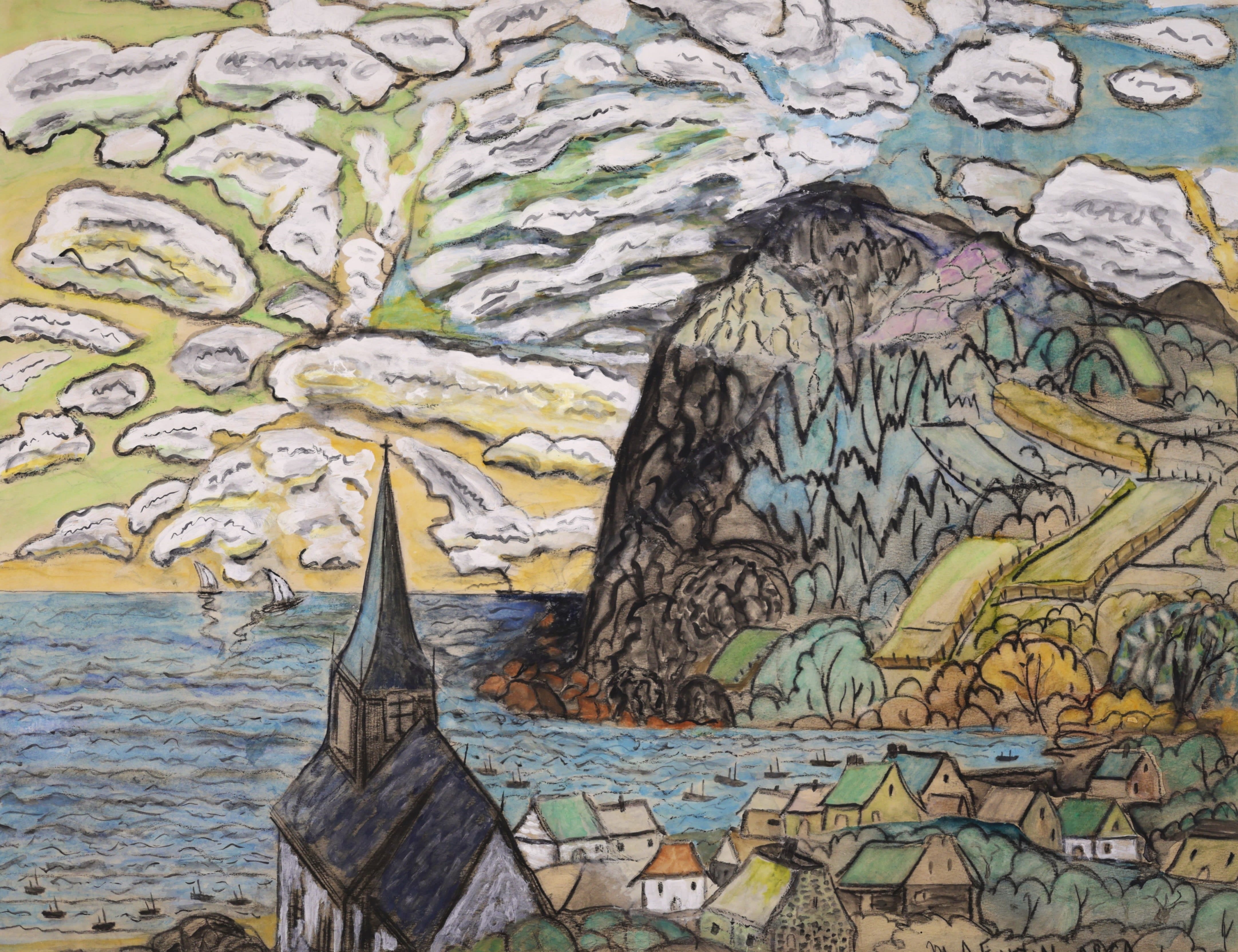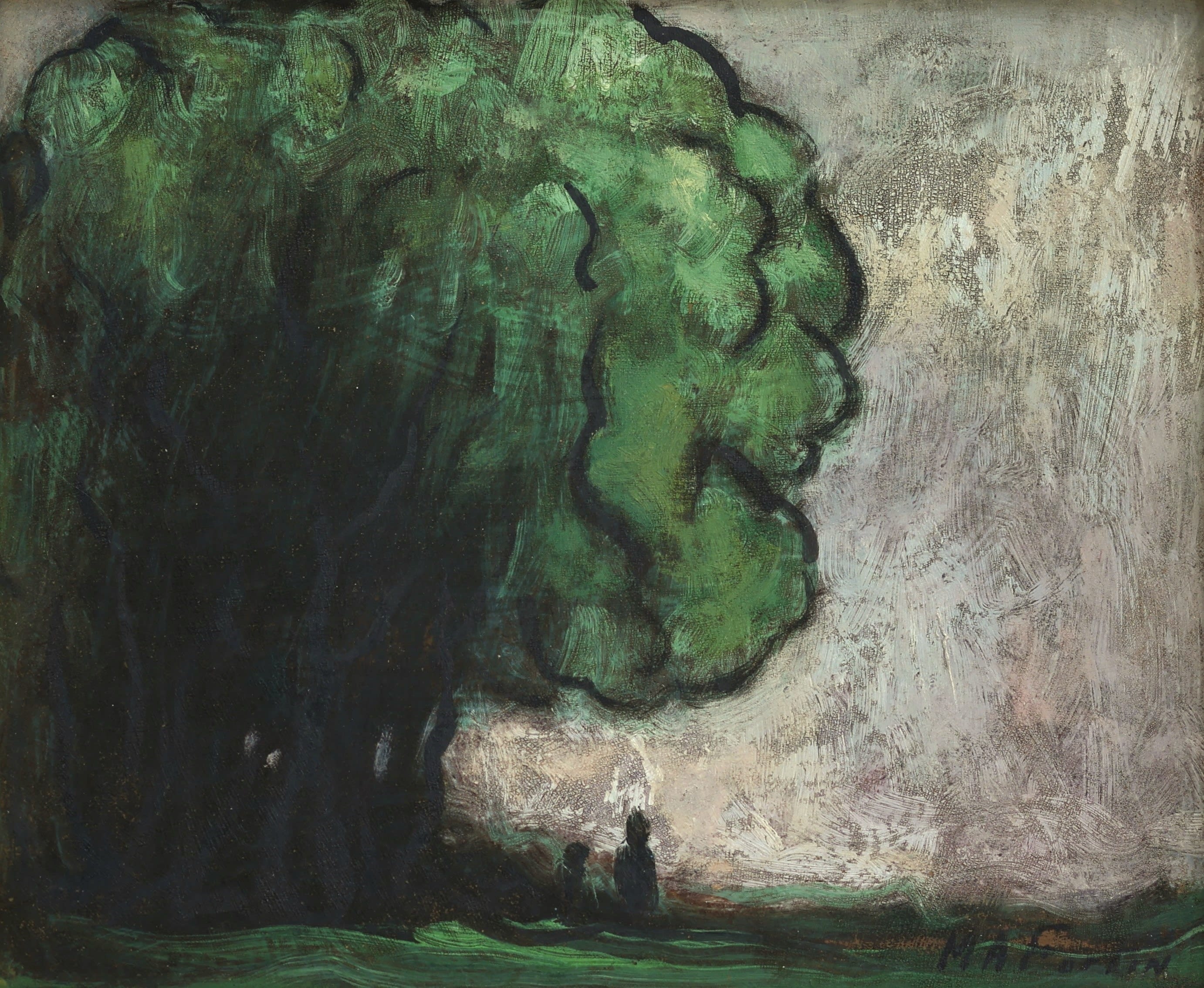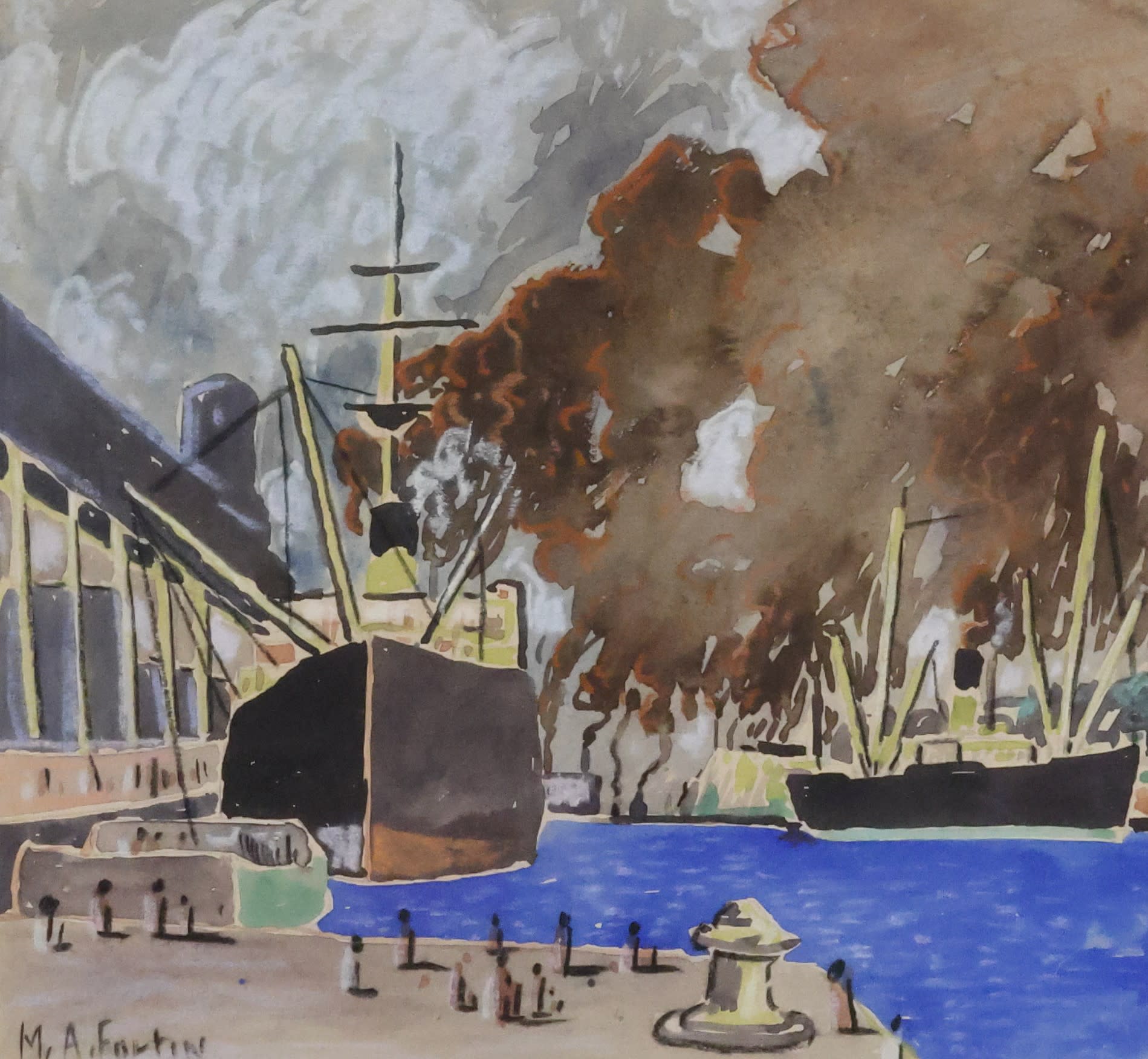“I have wanted to create a school of Canadian Landscape that would be totally independent from the European School. There is not a typical Canadian School where the European influence is not being felt. I was the first to break away from this trend.”
Marc Aurèle Fortin
Marc Aurèle Fortin (March 14, 1888- March 2,1970): Master of the Québécois Landscape
Born in Sainte-Rose, Quebec, Marc Aurèle Fortin was a pivotal figure in Canadian art, renowned for his ability to capture the essence of Quebec's landscapes and cityscapes. His artistic education began at age 13, evolving significantly as he studied under prominent teachers like Edmond Dyonnet and Ludger Larose at the École des beaux-arts de Montréal. His education spanned continents, including advanced studies at the Art Institute of Chicago with Edward J. Timmons, and further artistic training in New York City and Boston.

Marr Aurele Fortin; Village on the St Lawrence River
Fortin's early works were heavily influenced by the Barbizon School and Maurice Utrillo, while his later pieces reflected the vibrant styles of the Group of Seven. His artistic palette was vast, embracing mediums such as oil, watercolour, pastel, gouache, casein, ink, and charcoal, along with masterful copper engravings and etchings. This versatility enabled him to create over 6,000 paintings and prints.

Marc-Aurele Fortin; Grand Riviere, Gaspesie
Traveling extensively across Quebec—from the Laurentians to the Charlevoix and Gaspe regions—Fortin was devoted to depicting traditional rural settings and the urban vibrancy of Montreal. His works are marked by a deep appreciation for Quebec’s heritage, rendered in a style that blends realism with enchantment. Despite a hiatus from 1955 to 1962 due to health issues, his prolific output continued until his death in 1970.

Marc-Aurele Fortin; Study of a Tree
Fortin's contributions were recognized with numerous awards during his lifetime, including the Jessie Dow Prize in 1938 and a bronze medal at the 1939 New York World's Fair. He was an esteemed member of the Royal Canadian Academy of Arts (ARCA). His enduring influence is evident through his continued presence in exhibitions at major venues like the Art Association of Montreal, the Musée du Québec, and even internationally.

Marc Aurèle Fortin; Port de Montreal
In 1981, his legacy was cemented when Canada Post issued a postage stamp featuring his 1937 painting, "À la Baie Saint-Paul". Today, Marc Aurèle Fortin's works are treasured in collections across Canada, including prestigious institutions like the National Gallery of Canada and the Montreal Museum of Fine Arts, showcasing his lasting impact on the artistic landscape of Canada.







